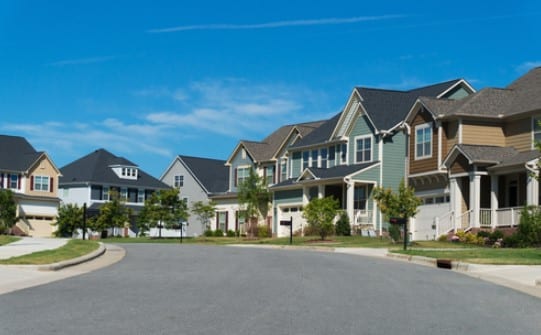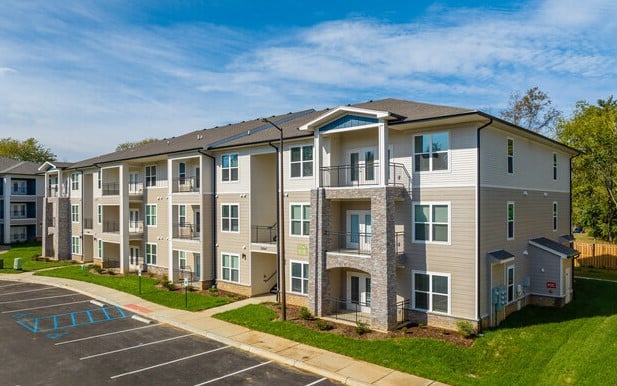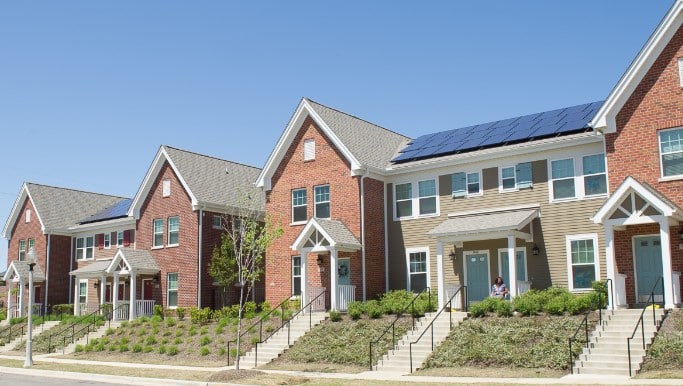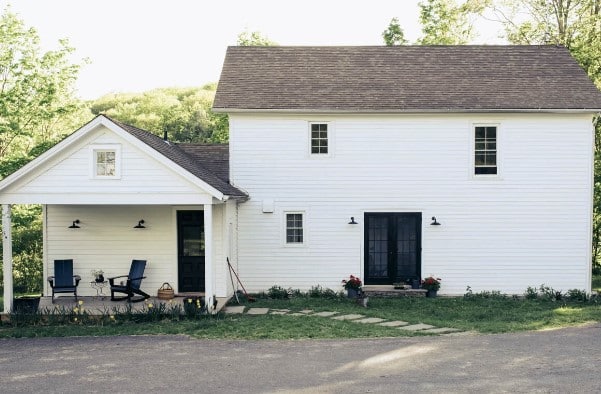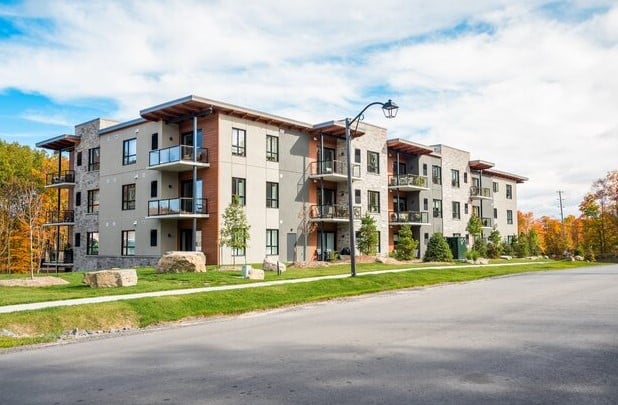Housing developments are integral to urban growth and community expansion, providing new living spaces and enhancing local infrastructure.
From affordable housing developments to luxury residential projects, various types of housing developments are designed to meet different needs and lifestyles.
In this article, Decor.havenblueprint.com will delve into the different types of housing developments, their benefits, and how to navigate the process of finding or investing in new housing projects.
Types of Housing Developments and Their Benefits
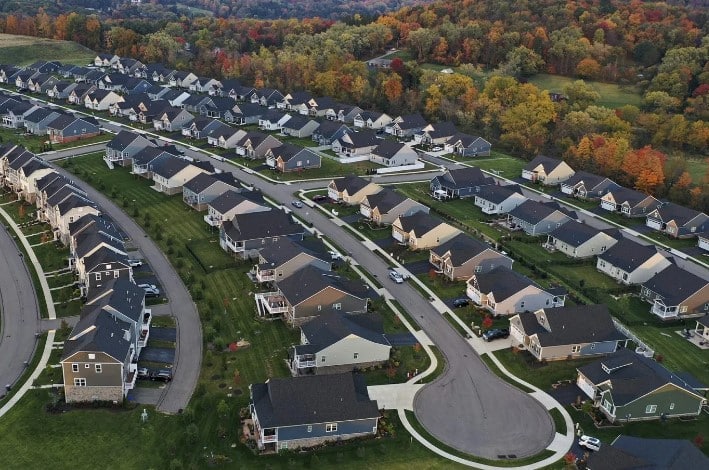
New Residential Developments
New residential developments are designed to offer modern living solutions in growing communities.
These developments include a variety of housing types, such as single-family homes, townhouses, and apartments, catering to different demographics.
Many new residential developments prioritize sustainable living, incorporating eco-friendly building materials, energy-efficient appliances, and green spaces that promote a healthier lifestyle.
These communities often feature amenities such as parks, walking trails, fitness centers, and community gathering spaces, fostering a sense of belonging and encouraging social interaction among residents.
Additionally, developers are increasingly focusing on smart home technologies, allowing homeowners to integrate advanced systems for security, lighting, and temperature control, enhancing convenience and efficiency.
With their strategic locations near schools, shopping centers, and public transportation, new residential developments provide accessibility and convenience, making them an attractive option for families, young professionals, and retirees alike.
By investing in these modern communities, buyers can enjoy a blend of contemporary design, quality of life, and a vibrant community atmosphere.
- Features: Modern design, energy-efficient homes, and access to community amenities such as parks, schools, and retail centers. Often located in growing suburban areas or revitalized urban centers.
- Benefits: Residents enjoy contemporary housing with the latest technology and infrastructure. The properties are often more energy-efficient, saving on utility costs, and they provide a great opportunity for families looking to grow in safe, well-planned neighborhoods.
- Who Should Consider New Residential Developments?: Ideal for families, young professionals, and retirees seeking modern living spaces with access to community amenities.
Affordable Housing Developments
Affordable housing developments are designed to provide cost-effective living solutions for low- to moderate-income households.
These development are often supported by government programs or non-profit organizations to ensure a portion of the housing remains within an affordable price range.
Affordable housing developments aim to create cost-effective living solutions for low- to moderate-income households.
Often supported by government programs or non-profit organizations, these developments ensure that a portion of the housing remains within an accessible price range.
By prioritizing affordability, these communities help address housing shortages and provide secure, stable living options for those who need it most.
- Features: Affordable housing development typically offer rental units or homes for sale at reduced rates. These homes are built with government subsidies or tax incentives to maintain affordability.
- Benefits: Affordable housing development provide much-needed relief for families and individuals facing high rental costs. They also contribute to reducing homelessness and promoting socio-economic diversity in communities.
- Who Should Consider Affordable Housing Development?: Low- to moderate-income households, first-time homebuyers, and individuals seeking stable and affordable housing options.
You can also read : Affordable Apartments: Find Budget-Friendly Rentals
Real-World Examples of Housing Developments
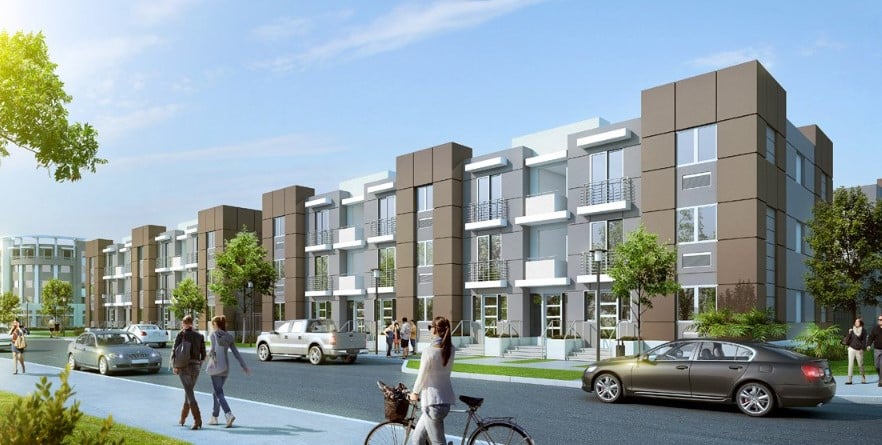
1. Green Housing Developments
Green housing developments focus on sustainability and environmentally-friendly building practices.
These developments incorporate energy-efficient designs, renewable energy sources, and sustainable materials to reduce their carbon footprint.
Green housing developments are designed with the goal of creating environmentally responsible and resource-efficient living spaces.
They often feature energy-efficient appliances, high-performance insulation, and eco-friendly materials like recycled wood and non-toxic paints.
These homes may also include renewable energy systems, such as solar panels, to minimize reliance on traditional power sources.
- Features: Green homes are built to conserve energy, reduce waste, and promote a healthier environment. They may include solar panels, water-saving appliances, and eco-friendly landscaping.
- Pros: Sustainable living, lower utility costs, environmentally conscious design, and better air quality within homes.
- Cons: The initial cost of green homes may be higher than traditional homes, but long-term savings can offset this cost.
- Price: Prices for green housing development vary, but energy-efficient features can result in significant savings over time.
- Learn More: Green Housing Development
2. Luxury Housing Developments
Luxury housing developments cater to high-end buyers seeking premium living spaces.
These developments often feature custom-built homes, upscale amenities, and are located in prime real estate areas.
Luxury housing developments are designed to offer an exclusive and sophisticated lifestyle, combining elegant architecture with modern comforts.
These communities often include custom-built homes with high-end finishes, spacious floor plans, and advanced technology, such as smart home systems.
In addition to the homes themselves, the developments typically feature a range of upscale amenities, such as private clubhouses, golf courses, swimming pools, fitness centers, and gated security.
Located in desirable areas—whether coastal, urban, or suburban—these developments provide residents with convenient access to top-tier schools, shopping, dining, and recreational activities, making them ideal for those seeking luxury, privacy, and convenience.
- Features: Luxury homes include high-end finishes, large floor plans, and exclusive community features such as private gyms, golf courses, or access to water bodies.
- Pros: Superior design and construction, prestigious locations, and access to exclusive amenities.
- Cons: The price of luxury housing developments is often significantly higher than the average market rate.
- Price: Prices can range from several hundred thousand to millions of dollars, depending on location and amenities.
- Learn More: Luxury Housing Development
3. Mixed-Use Housing Developments
Mixed-use housing developments combine residential units with commercial and retail spaces, creating vibrant communities where residents can live, work, and shop in the same area.
These developments offer a convenient and modern lifestyle, reducing the need for long commutes and enhancing the sense of community.
With easy access to shops, restaurants, and services, mixed-use developments provide a dynamic and integrated environment, making them an appealing choice for those seeking a balanced and connected way of living.
- Features: These developments include apartments or townhouses situated above or adjacent to retail stores, restaurants, and offices.
- Pros: Convenience of nearby amenities, reduced need for transportation, and a walkable community atmosphere.
- Cons: Noise from commercial activities may affect residents, and parking could be limited.
- Price: Prices can vary based on the location and types of businesses incorporated into the development.
- Learn More: Mixed-Use Housing Development
You can also read : Apartments for Low Income : Find Subsidized Housing
Comparison of Housing Developments by Use Case
Planned Housing Developments
Planned housing development are well-structured communities with designated areas for residential, commercial, and recreational use.
These developments offer a comprehensive living experience with a focus on long-term growth and infrastructure development.
Planned housing developments are thoughtfully designed communities that include designated areas for residential, commercial, and recreational use.
These well-structured developments aim to provide a comprehensive living experience, offering a balance of convenience, amenities, and green spaces.
With a focus on long-term growth and infrastructure development, these communities are built to cater to the evolving needs of their residents.
Whether you’re looking for a family-friendly environment or a location with easy access to work and leisure, planned housing developments offer an ideal solution for modern living.
- Pros: Provides access to essential services within walking distance, well-maintained infrastructure, and planned community growth.
- Cons: These developments may have homeowner association (HOA) fees and community regulations.
- Best For: Families and individuals seeking a cohesive, well-planned community with access to amenities.
Upcoming Housing Projects
Upcoming housing projects offer the chance to invest early in new development, often providing better pricing before the community is fully established.
These projects may be located in newly developing areas or in urban areas undergoing revitalization.
These projects often involve new builds in emerging areas or urban renewal zones, where infrastructure improvements and rising demand may drive up property values over time.
- Pros: Potential for property value appreciation, modern designs, and the opportunity to customize features in some cases.
- Cons: There is often a waiting period for construction to be completed, and the area may not yet have full infrastructure in place.
- Best For: Investors and homebuyers looking for long-term growth potential and the opportunity to purchase property before prices increase.
You can also read : Affordable Housing Options: Explore Programs and Grants
How to Invest in Housing Developments
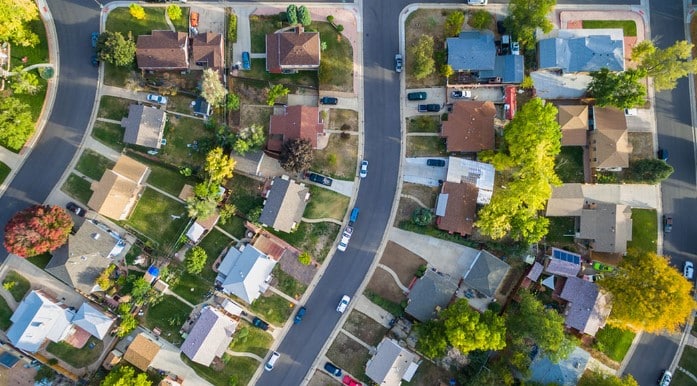
Investing in housing developments can be a profitable opportunity for both homebuyers and investors looking to build wealth.
Whether you’re looking to invest in luxury housing developments or more affordable options, understanding the key factors—such as location, market demand, and development plans—will help you make informed decisions and maximize your returns
Investing in housing developments can be a lucrative option for homebuyers and investors alike. Here’s how to navigate the process:
- Research Housing Development Companies: Start by researching reputable housing development companies that specialize in the type of housing you’re interested in. Look for developers with a track record of delivering quality projects on time and within budget.
- Review Upcoming Projects: Explore upcoming housing projects in your area or in locations where real estate prices are expected to rise. Pay attention to factors like location, amenities, and market demand.
- Check Prices and Financing Options: Compare prices and financing options for various developments. Some developers offer pre-construction pricing or incentives for early buyers.
- Visit the Development Site: If possible, visit the site of the housing development to get a feel for the community and the surrounding area. This can help you assess the potential for growth and whether the location meets your needs.
- Finalize Your Purchase: Once you’ve chosen a development, work with a real estate agent or directly with the developer to finalize your purchase. Be sure to review the terms of the contract and any homeowner association fees or regulations.
You can also read : Cheap Homes for Sale: Affordable and Budget-Friendly
Benefits of Investing in Housing Developments
Investing in housing developments offers several advantages
Investing in housing developments offers several advantages, including long-term financial growth, passive income through rental properties, and diversification of your investment portfolio.
Real estate investments, particularly in emerging markets, often provide high returns as property values appreciate over time. Additionally, housing developments can offer tax benefits and opportunities for building equity.
Whether you’re a first-time investor or an experienced developer, investing in real estate developments can be a lucrative strategy for wealth-building and financial security
- Growth Potential: Housing development, especially in up-and-coming areas, often appreciate in value as the community grows and infrastructure improves.
- Modern Amenities: Many new developments come with modern amenities, such as energy-efficient homes, smart technology, and access to recreational facilities.
- Community Atmosphere: Housing development often foster a sense of community, with parks, playgrounds, and shared spaces that encourage social interaction.
FAQs
What is the difference between luxury and affordable housing developments Luxury housing development cater to high-end buyers with premium amenities and exclusive features, while affordable housing development are designed to provide cost-effective solutions for low- to moderate-income individuals or families.
How can I find upcoming housing projects near me? To find upcoming housing projects near you, research local real estate listings, visit developer websites, and attend local real estate events or expos. You can also consult with real estate agents specializing in new developments.
Are green housing developments more expensive than traditional ones? Green housing development may have higher initial costs due to the use of sustainable materials and technology. However, long-term savings on energy and utility costs can offset these expenses, making green developments a cost-effective option over time.
Whether you’re looking for affordable housing or interested in investing in luxury or mixed-use developments, housing developments provide diverse options for every type of buyer.
By understanding the different types of developments and the benefits they offer, you can make informed decisions when navigating the real estate market.
